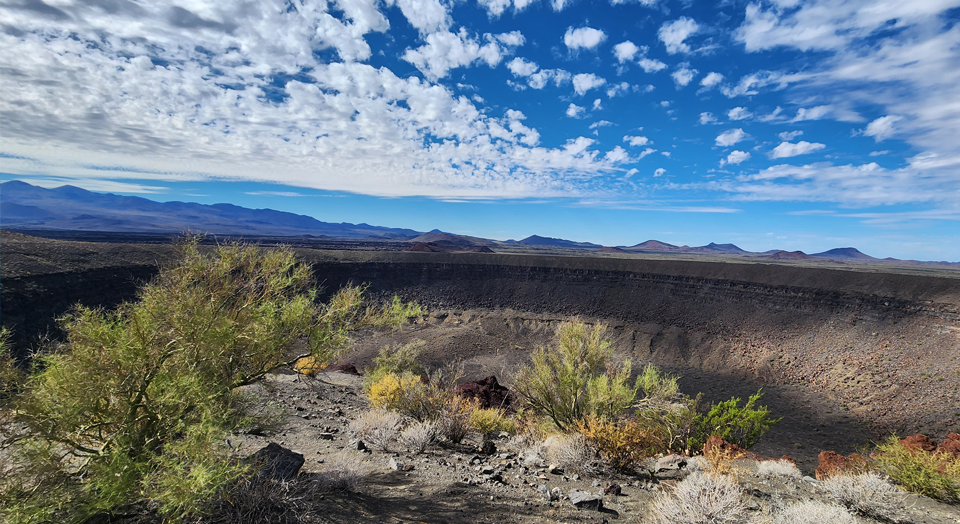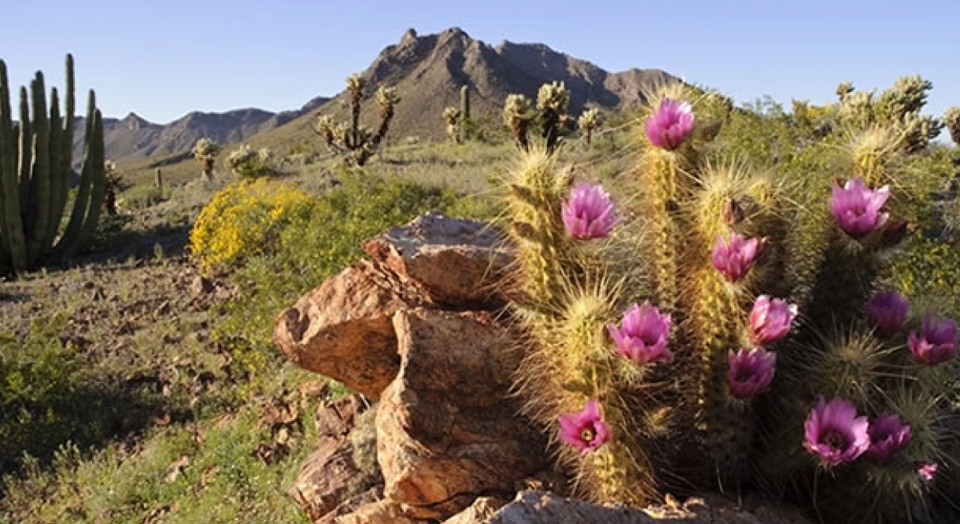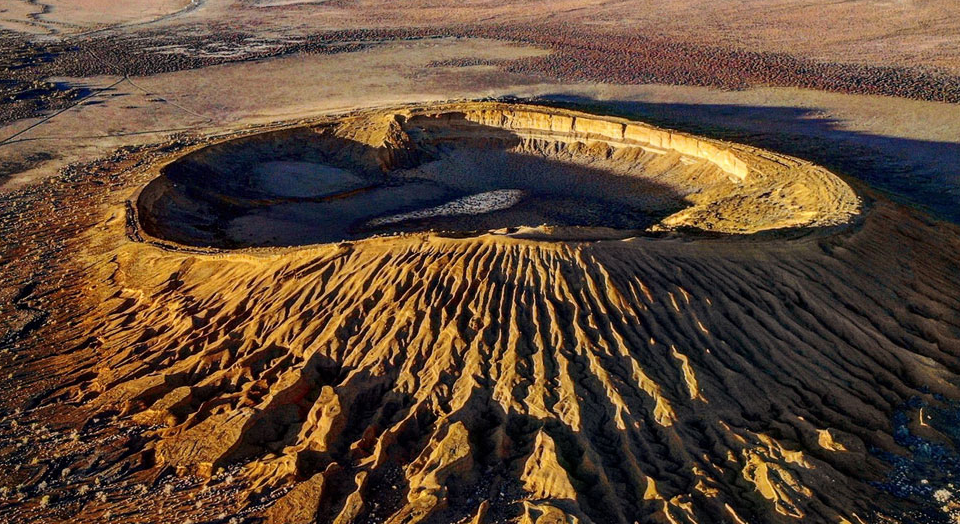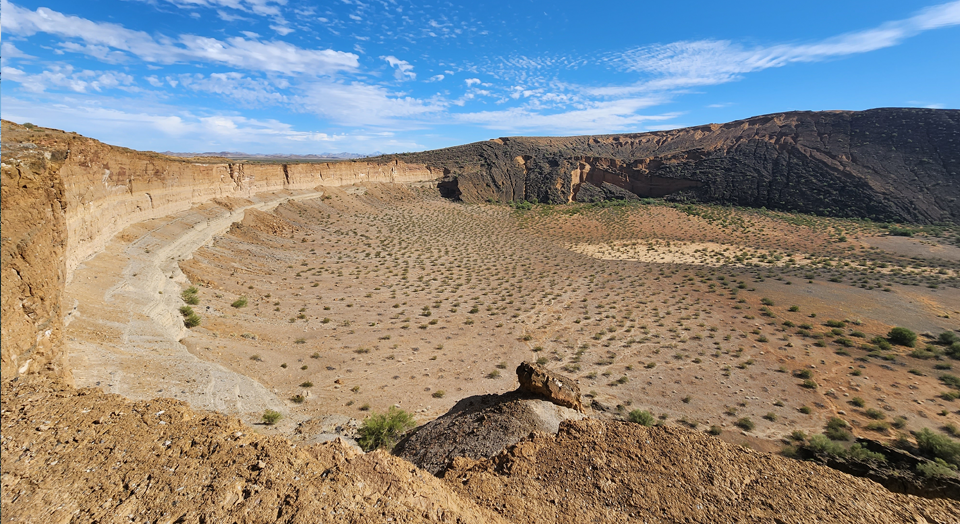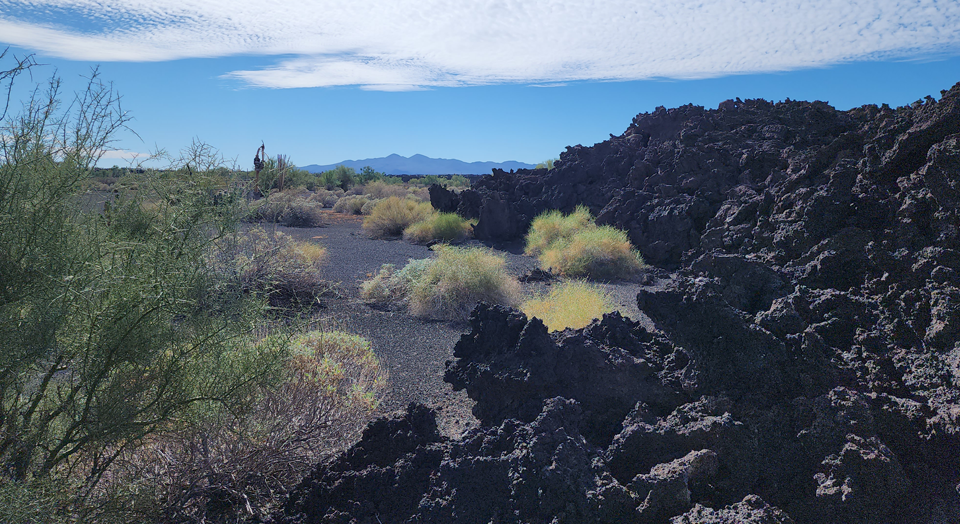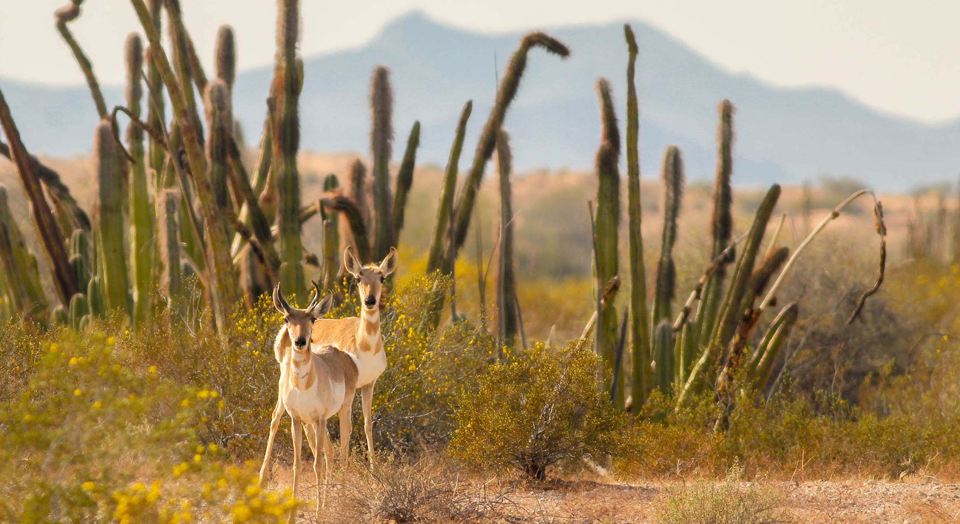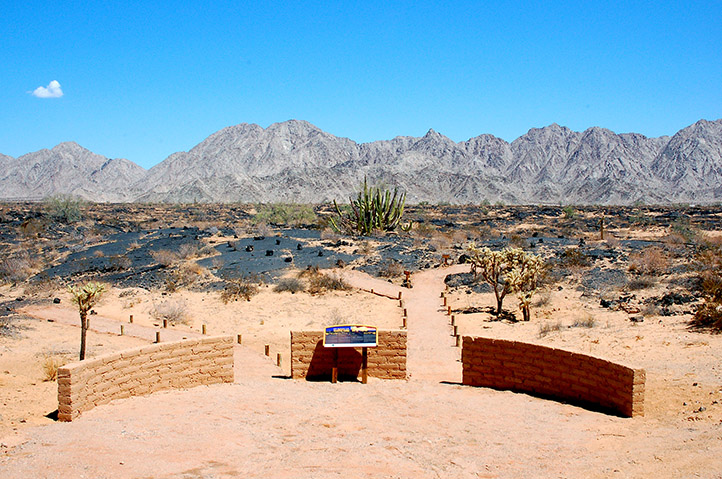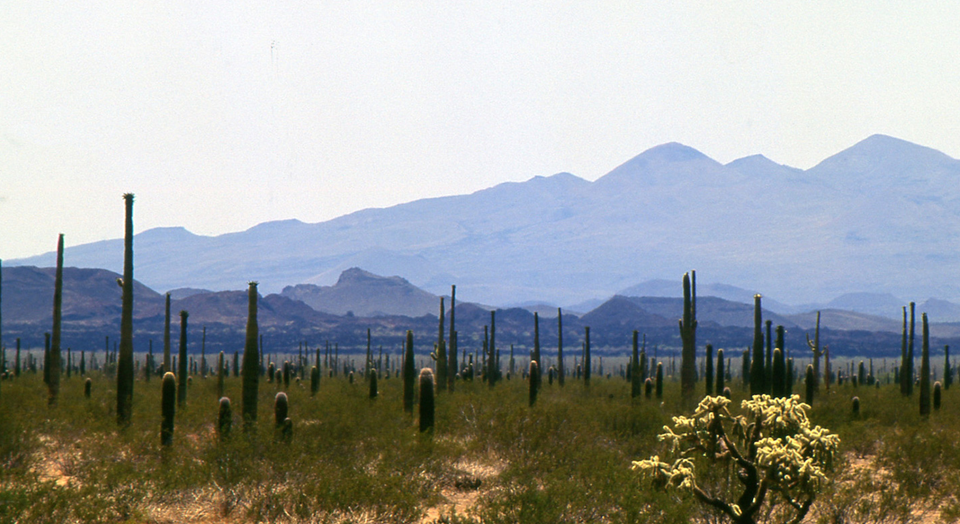Respecting the Internal Regulations of Reserves:
A Key to Conserving Nature for Present and Future Generations
Preserving natural reserves is crucial for the conservation of biodiversity and ensuring the sustainable use of natural resources for present and future generations. To achieve this, it is essential to respect the internal regulations of the reserves. These regulations are designed to guarantee the integrity of the reserve and to ensure the safety of visitors. In this article, we will discuss the internal regulations that must be followed when visiting a reserve.
Denial of Access
The reserve is open to the public, but access may be denied to visitors who represent a risk to the integrity of the reserve or to other visitors. People who are intoxicated or under the influence of drugs will not be allowed to enter the reserve. The staff of the reserve is responsible for ensuring the safety of visitors and the protection of the reserve. Visitors must comply with the instructions given by the staff.
Prohibited Activities
The collection or extraction of plants, animals, organic remains, firewood, sand, rocks, minerals, archaeological remains, or any other natural resource or cultural element of the area is strictly prohibited. These activities are not only illegal but also harmful to the ecosystem. The use of firearms is also strictly prohibited. Violating these regulations can result in fines and legal consequences.
Filming and Commercial Photography
A special permit issued by CONANP and proof of payment of rights are required for filming and commercial photography within the area. This regulation is designed to protect the intellectual property rights of the reserve and its natural resources. Failure to comply with this regulation can lead to legal consequences.
Food Preparation
Visitors are allowed to prepare food within the reserve, but they must bring their own firewood or charcoal. The use of portable gas, alcohol, or other fuel stoves is allowed, but visitors must not cut or destroy any forest resources. This activity is a crime and can lead to fines and legal consequences.
Pet Policy
Visitors are recommended not to bring their pets to the reserve. If visitors bring their pets, they will be allowed access only if the pet remains inside the vehicle or on a leash while walking. This regulation is designed to protect the ecosystem of the reserve and to ensure the safety of visitors.
Vehicle Access
Access to very large or heavy vehicles, such as cars with trailers or buses, as well as all-terrain vehicles (ATVs, sandboxes, etc.) will not be allowed. These vehicles can cause damage to the ecosystem and create safety hazards for visitors. Visitors must respect and follow the indications of all signage that they find within the reserve.
Signage
The reserve has signs throughout the area that visitors must respect and follow. Visitors must respect the speed limit of 40 km/h and not enter closed roads or leave marked paths. The use of loud sound devices is not allowed, and the introduction of alcoholic beverages to the reserve is allowed, but its consumption will be in moderation. The introduction of any substance that can be used as a stimulant or narcotic is prohibited. Any activity that may be a source of contamination (air, water, or soil), such as the dumping of liquid or solid waste, burning or combustion of various materials, etc., is strictly prohibited.
Waste Management
All the garbage that is generated during your stay must be collected and taken back. Visitors must not bury it, even if it is organic. If visitors defecate in the open, they should bury the feces in a hole of suitable size and about 30 cm deep. They must not bury toilet paper or sanitary napkins, which should be kept in plastic bags and taken with them.
Conclusion
Respecting the internal regulations of the reserve is crucial to ensure its conservation for present and future generations. The regulations are designed to protect the ecosystem, ensure visitor safety, and preserve the cultural heritage of the reserve. Violating these regulations can lead to fines and legal consequences. We urge visitors to be responsible and follow the regulations to preserve the beauty and diversity of the reserve for future generations.
